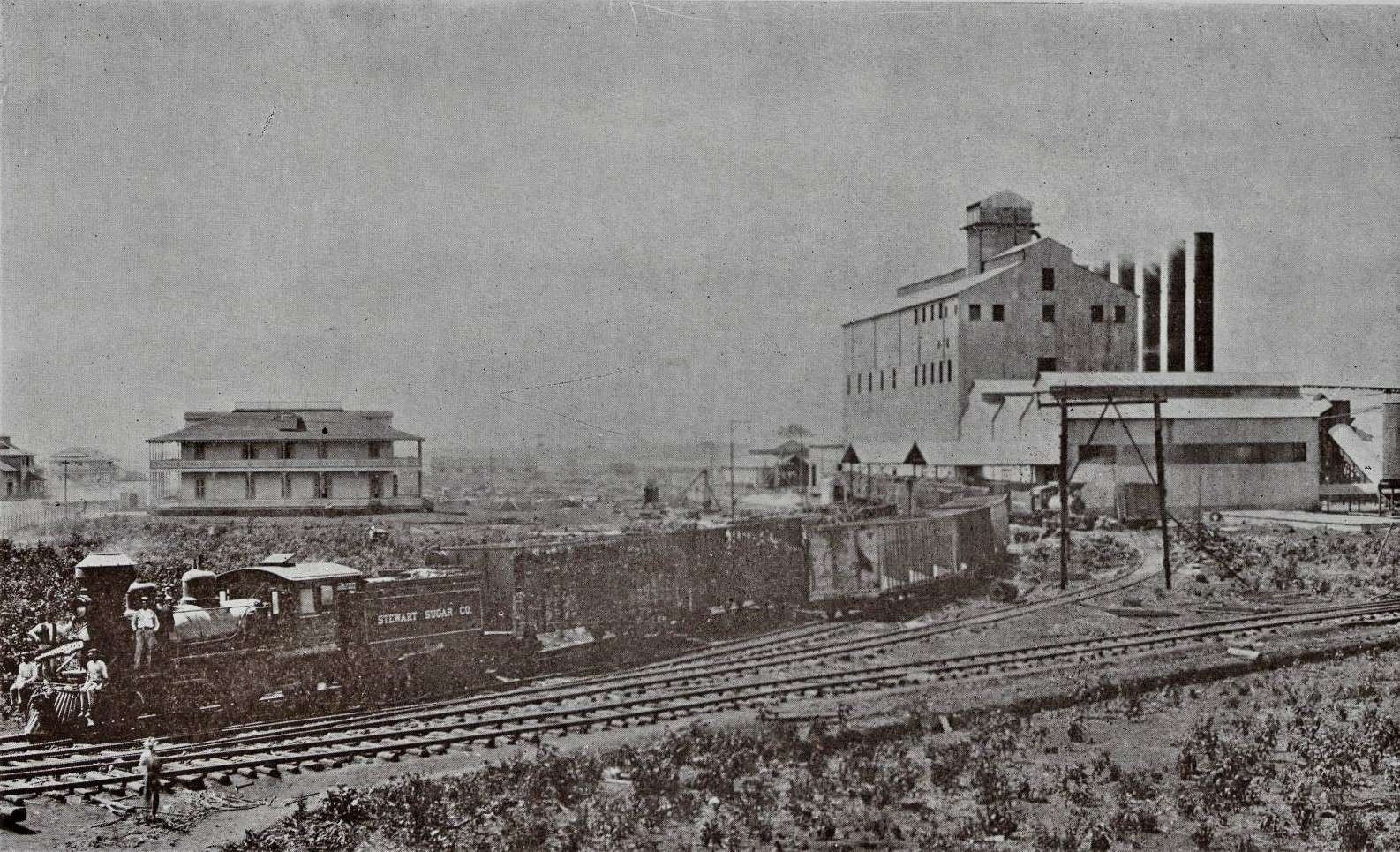Juan Manuel Ceballos
Juan Manuel Ceballos (1829-1886) was a Spanish immigrant who went to Cuba where he married Juanita Sanchez Herrez. After some time in Cuba he relocated to New York City where in 1850 he established the merchant banking firm Ceballos, Pader & Co., involved mostly in maritime transportation. After the death of the elder Ceballos, his son and US Citizen also named Juan Manuel Ceballos (1859-1913), succeeded him and renamed the company J. M. Ceballos & Co. with junior partners John S. Fiske and Anderson C. Wilson. J. M. Ceballos & Co. owned the India Wharf Sugar Refinery in New York. He was also part owner of Central Soberano and Central Oceano in Sancti Spiritus, later owned by North American Sugar Co.
In 1886 Manuel Rionda returned to New York City from Cuba to work for J. M. Ceballos & Co. where he stayed until May 1896 when he joined Czarnikow, MacDougal & Co. In 1891 Juan Manuel Ceballos and Manuel Rionda joined with Juan M. Clarke, the Havana representative of Krajewski-Pesant Co., to organize Central Tiunucú Sugar Cane Manufacturing Co. to own and operate the sugar mill Central Tiunucú. In 1897 Ceballos and Rionda incorporated the Narcisa Sugar Co. in New York to acquire Central Narcisa. Central Narcisa was established in 1889 by Caibarién merchant Mariano Artís after acquiring the old Ingenio Belencito in Yaguajay founded around 1845. Artís invested in state-of-the-art equipment increasing daily grinding capacity from about 500 m.t. to over 4,000 m. t. of raw sugar converting the old Ingenio into the Central Narcisa. By 1907 the Narcisa Sugar Co. had been sold and was owned by the North American Sugar Co., founded by the Fowler Brothers, who were Cuban-born sons of a British citizen that emigrated to Cuba in the mid-19th century from Canada to build a leading merchant house in Cienfuegos. Other investors included English and Cuban born residents of New York City, but the Fowlers were the principal owners and managed the estate. By 1925 its total annual production capacity had been increased to almost 50,000 m. t. of raw sugar.
In 1900 George H. Guillet, a US Army officer in charge of the military railroad from Júcaro to Morón viewed the possibilities of the area so together with Ceballos and Cuban banker and board member of the Banco Nacional de Cuba Manuel Silveira, a native of of Bayamo and resident of Havana, organized The Development Company of Cuba dedicated to the development and harvesting of fruits, the Courtin Land Golden Co. to export the harvested fruit to the US and Canadian markets and the Redonda Co. to engage in raising cattle. A town named Ceballos started to take shape due to the success of the agricultural operations. In total they planted some two hundred thousand grapefruit, orange and lime trees imported from Florida that by 1904 were already producing their first harvest. They also planted sugarcane, asparagus, cauliflower, celery, broccoli, green beans, melons, tobacco, peaches, pears, tea, plantains. coconuts strawberries, almonds, pineapple olives, figs, dates and grapes. In spite of the financial difficulties of the Silveira Sugar Co. in 1906, the town of Ceballos and the agricultural operation it was founded on continued to progress. With the high price of sugar during the WWI years, the planting of sugracane displaced many of the other vegetables and fruits but with the sugar price crash of 1920 the area went into a deep economic crunch and its agricultural activity almost dissapeared .
On April, 24 1905 the Silveira Sugar Co. incorporated in New York, comprised of Ceballos as its president and Silveira as its administrator. They immediately bought twenty three thousand five hundred ninety five acres in Camagüey Province from Mrs. Loreta Iñiguez Hernández, heir of Santiago Hernández Rivadeneira, Conde de Villamar and started construction of a sugar mill they called Central Silveira. New investors were added among them, General José Miguel Gómez who was its firs administrator and was in 1909 President of the Republic, Col. Cosme de la Torriente Peraza, Lt Col. Enrique Pina Jiménez and Gabino Gómez. After a year in operation, in October 1906 they ran out of funds to operate and had to declare bankruptcy. Ceballos faced the situation but Silveira avoided the situation when he left his mansion at the Paseo del Prado in Havana and all his other assets behind and fled Cuba as a runaway passenger in the ship Carmelina that was carrying a shipment of live cattle to Venezuela. The machinery for the sugar mill had been acquired from the Duncan Stewart Co. of Glasgow, Scotland who upon Silveira Sugar Co. bankruptcy, assumed title to the property and renamed the sugar mill Central Stewart owned by the Stewart Sugar Co. of which Manuel Rionda was President. Rionda made of the Stewart Sugar Co. a successful operation until 1916 when it was acquired by Cuba Cane Sugar Corp.
Silveira Sugar Co. failure prompted the failure of J. M. Ceballos & Co. whose liabilities at the time were nearly $3 million. The financial failure was attributed to the embezzlement of approximately $1 million by Silveira. After the failure of J. M. Ceballos & Co., Juan Manuel continued his merchant banking and shipping business under the holding company Sollabec, Inc. Ceballos died unexpectedly of a stroke in 1913 while attending to business as usual at his office on the 3rd floor of the Lord’s Court Building at 27 William Street in NY.
